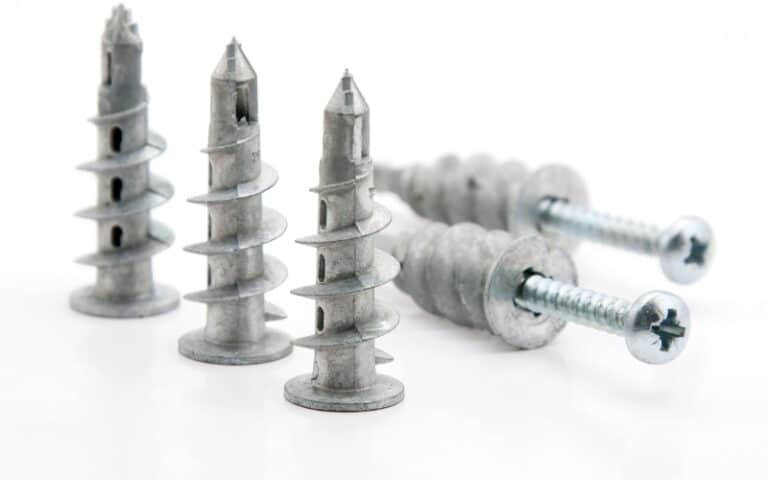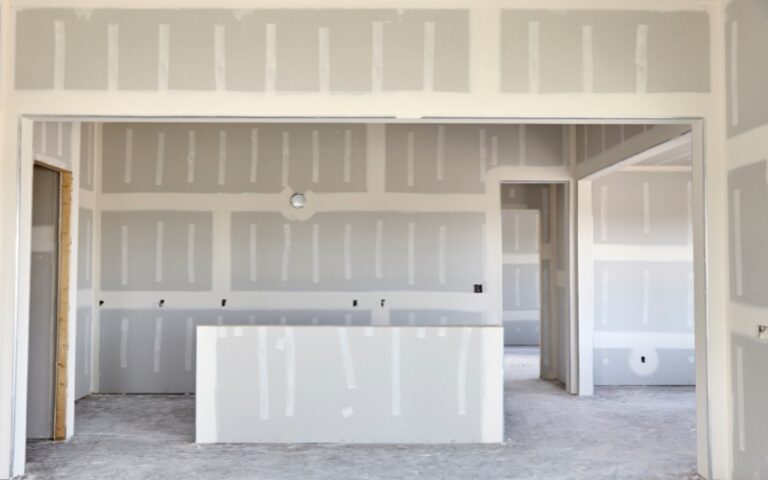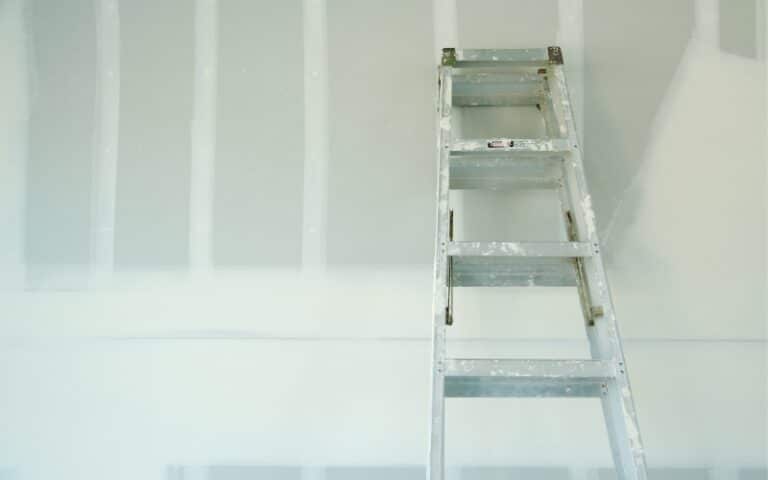Drywall is an important building material for constructing walls and ceilings in residential and commercial buildings.
When you have leftover drywall from a renovation or a new construction project, you might wonder where to store it.
While a garage is a convenient storage space, there may not be better places to keep drywall due to potential temperature and moisture fluctuations.
Yes, drywall can be stored in a garage if certain conditions are met. The garage should be dry and well-ventilated to prevent moisture buildup that can cause the drywall to become damp and moldy. Humidity and temperature fluctuations should also be avoided, as they can affect the integrity of the drywall.
This article will explore the pros and cons of storing drywall in a garage. I will also provide some tips on how to store drywall properly to ensure it remains in good condition.
You will also discover tips to help you safely and effectively store your drywalls.
Ready for a Drywall Quiz?
Are Drywalls Safe in a Garage?

Drywall is generally safe to store in a garage if certain precautions are taken. Drywall is a relatively stable material and is not likely to cause any major safety issues.
However, some potential hazards associated with storing drywall in a garage should be considered.
One of the main concerns with storing drywall in a garage is moisture. Garages can often be in damp environments, which can cause the drywall to absorb moisture and become damaged.
This can result in mold growth, warping, and other issues that can compromise the drywall’s structural integrity.
To prevent this, it is crucial to store drywall in a dry area of the garage, preferably shelves, to keep it off the ground.
Another potential safety issue is fire. Drywall is a combustible material, and if it is stored near a heat source, it can catch fire and cause a severe safety hazard.
Storing drywall away from potential heat sources, such as water heaters, furnaces, or heaters, is vital to reduce the risk of fire.
Lastly, it is crucial to consider the weight of drywall. Drywall sheets can be heavy and difficult to move, which can be a safety concern if they are not properly stored.
When storing drywall in a garage, it is essential to stack the sheets properly and securely to prevent them from falling and causing injury.
Overall, drywall can be safely stored in a garage if certain precautions are taken.
By keeping it in a dry area and stacking it securely, you can effectively and safely store your drywall until you need it.
However, to help make a better decision, here’s a table outlining the pros and cons of storing drywall in a garage.
| Pros | Cons |
|---|---|
| Convenient and easily accessible. | It may be exposed to extreme temperatures and humidity. |
| Saves space in living areas. | It may be subject to damage from pests or moisture. |
| Protects drywall from weather exposure when stored properly. | It may create a fire hazard if stored near flammable materials. |
| It can be stored for longer periods. | It may become difficult to move due to weight and bulkiness. |
It’s important to consider factors such as climate, pest control, and storage space availability before deciding where to store your drywall.
What Is the Best Place to Store Your Drywall?
The best place to store drywall is in a dry, climate-controlled space with low humidity. A cool, dry basement or an interior room with air conditioning and heating is ideal for storing drywall.
It is important to avoid areas with high humidity, such as garages or outdoor spaces, as moisture can cause the drywall to warp or mold.
When storing drywall, choosing the right location is important to prevent damage and ensure the material remains in good condition.
Here are some factors to consider when deciding where to store your drywall.
#1. Dry and Cool Location:
The best place to store drywall is in a dry and cool location, away from direct sunlight, moisture, and humidity.
Moisture and humidity can cause the drywall to warp, buckle, and even grow mold.
#2. Flat Surface:
The surface where you store drywall should be flat and level to prevent any warping or bending of the material.
Uneven surfaces can cause the drywall to crack, making it unusable.
#3. Proper Support:
Drywall should be stored vertically, with proper support to prevent damage. If you store it horizontally, ensure it is supported evenly across the entire sheet length.
#4. Adequate Space:
Make sure you have enough space to store your drywall without it being in the way or in danger of being bumped or damaged.
Keep it away from any machinery or equipment that may accidentally cause damage.
#5. Clean Environment:
The storage area should be kept clean and free of debris or other materials that can scratch or damage the drywall.
By following these guidelines, you can ensure that your drywall remains in good condition until you are ready to install it.
How to Keep Drywall Sound in Storage?
Storing drywall properly is important to keep it in good condition until it is ready to be installed.
Here are some tips on how to keep drywall sound in storage.
#1. Store Drywall Flat:
Drywall sheets should be stored flat on a level surface to prevent warping or bending.
If the drywall is stored vertically or leaning against a wall, it can become warped and unusable.
#2. Keep Drywall Dry:
Drywall should be stored in a dry area to prevent moisture from damaging the paper surface.
Moisture can cause mold and mildew to grow on the surface of the drywall, which can compromise its integrity.
#3. Protect Drywall From Dust and Debris:
Cover the drywall sheets with a plastic sheet or tarp to protect them from dust and debris.
The plastic sheet also helps to keep moisture away from the drywall.
#4. Don’t Stack Drywall too High:
Stacking drywall sheets too high can cause them to collapse or damage. It is best to stack drywall sheets no more than four feet high.
Use a Drywall Cart for Transportation:
When moving drywall sheets, use a drywall cart to prevent damage to the sheets.
Do not drag or slide the drywall across the ground, as this can damage the edges and corners.
How Long Does Drywall Last in Storage?
Drywall can last for a very long time in storage, typically for several years, as long as it is stored in a dry and climate-controlled environment.
The lifespan of drywall can vary depending on factors such as humidity, temperature, and how well it is protected from damage.
It’s important to inspect drywall before using it to ensure it has not been damaged or compromised during storage.
Drywall is a common material used in construction, and it is essential to ensure that the drywall is stored properly to ensure its longevity.
Though drywall is a relatively durable material, it can be susceptible to damage from environmental factors such as moisture, temperature changes, and physical stress.
Generally, drywall can last several months or even years if stored properly.
Drywall should be stored in a dry and temperature-controlled environment, with a temperature range of 50-70°F and relative humidity of around 50%.
Storing drywall in a damp or humid environment can cause the material to absorb moisture, leading to warping, mold growth, and other types of damage.
It is also important to store drywall flat and not on its edge, as storing it on its edge can cause the material to bend or bow.
You should stack the drywall on a flat surface that would support it evenly to prevent any damage to the material.
The packaging of the drywall can also affect its longevity in storage.
Therefore, wrap the drywall in plastic or place it in moisture-resistant packaging to prevent it from getting wet or absorbing moisture from the air.
In general, if drywall is stored properly, it can last several months to years without significant damage or degradation.
However, you should use drywall as soon as possible after purchase to ensure its quality and avoid any issues that may arise from prolonged storage.






